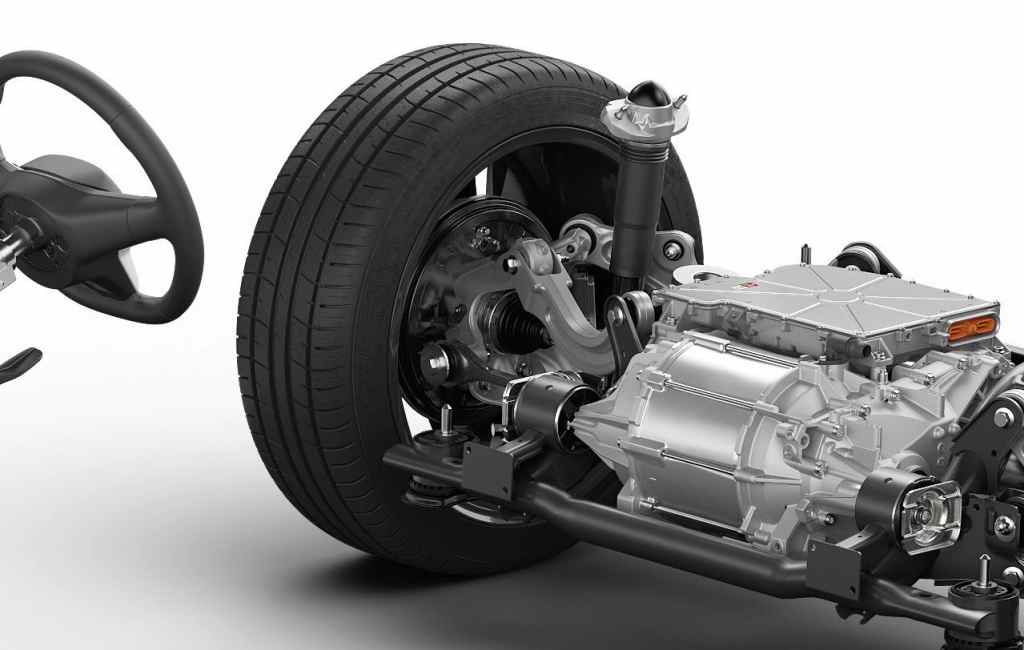During the presentation yesterday of the new Volkswagen ID.4, one aspect caught the attention of many users. And it is that the new model of the German manufacturer will have drum brakes on the rear wheels. A choice that many have criticized, but that the brand has justified.
We might think that one of the reasons is cost. A drum system is cheaper than a disc system. We can add less maintenance, with longer replacement processes, and the issue of better insulation that protects your components from external elements. Aspects that allow their replacement to be between 50,000 and 84,000 miles depending on the model, and that in practice takes on average twice the time of a disc brake.
But this has not been the main reason for Volkswagen to opt for the drum on the rear axle. The brand has indicated that “the reason was to seek to reduce rolling resistance since the disc brake pads tend to drag the rotors slightly as the car moves.”
Drum brakes, just by the nature of their design, don’t. The brand also says that drum brakes offer superior performance and reactivity after long periods of inactivity. These long periods of inactivity are due to the regenerative braking system in electric cars, which take care of most of the braking work on a day-to-day basis.

